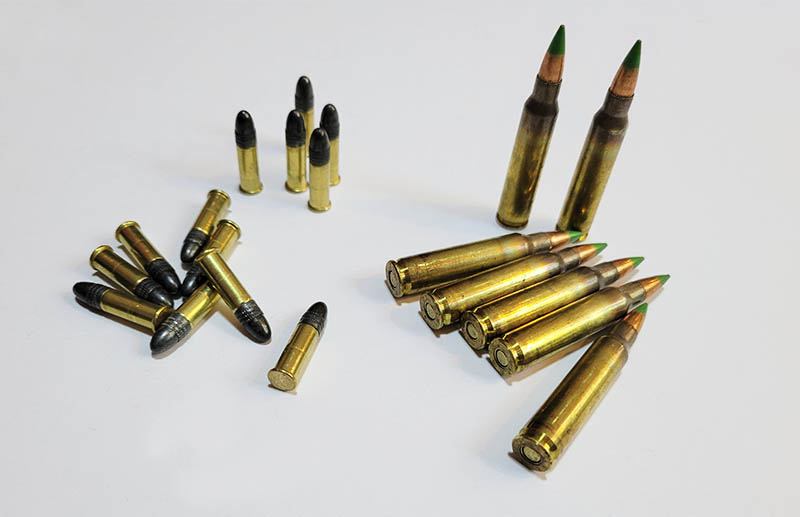If you don’t understand the difference between rimfire vs. centerfire cartridges, this article should make things clear.
Rimfire and centerfire are the two primary ignition systems for cartridges. Specifically, it refers to where the primer is located.
For the most part these days, rimfire has fallen out of favor and centerfire has become the dominant form of cartridge design, and indeed for good reason. Despite this, plenty of rimfire cartridges are still incredibly popular and remain in common use.
That said, not everyone truly understands the physical differences between these two cartridge types. If that’s you, read on.
A Brief History Of Cartridges
The first sealed cartridges emerged in the mid-19th century with paper cartridges that contained a percussion cap. The first guns to use them were the Chassepot rifle of France and the Dreyse Needle Gun of Prussia.
In both cases, a percussion cap (acting as the primer) was sealed in the cartridge, which was ignited by a firing pin.
The next step was the advent of the drawn brass case. The first brass case cartridges, such as those of the Maynard carbine or Burnside carbine (both developed in the 1850s), used an external primer to ignite the propellant, but neither saw widespread adoption.
Rimfire priming first emerged in the 1840s starting with the 6mm Flobert (literally a 6mm BB on top of a percussion cap) for use in Flobert “parlor guns,” small-caliber pocket pistols popular in that era.
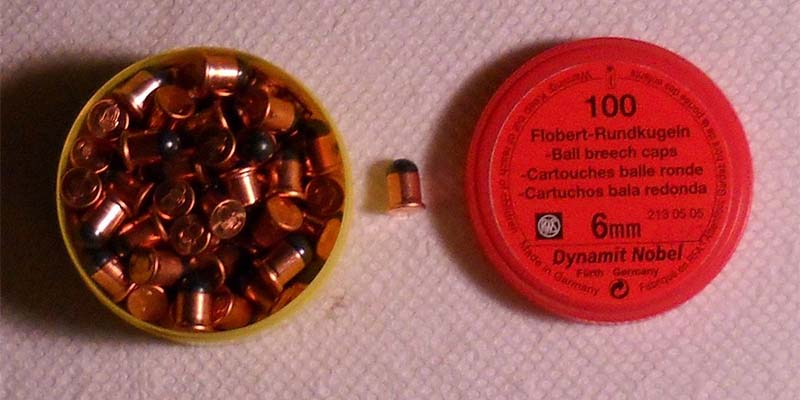
Louis-Nicolas Flobert’s rimfire cartridge design was primed by adding a drop of a volatile primer compound (originally fulminates, but today more commonly lead styphnate which is more stable than fulminates) and spinning the case so the priming compound makes its way into the microscopic hollow in the rim of the case before the propellent charge is added and the bullet is seated.
Eventually, someone had the bright idea to just tap a hole in a brass cartridge case and seat a percussion cap, and that is exactly what a centerfire cartridge is.
How Rimfire Works
When rimfire cases are manufactured, the rim—which is fully enclosed—is mushroomed out by a millimeter or two away from the case body. The rim of the case has a small hollow, less than a millimeter in size, running around the entire edge.
Now, all cartridges need a priming compound; a small amount of a volatile substance that creates a spark when struck. The spark goes to the main propellant charge which then burns and creates the gas pressure that sends the projectile out of the barrel.
To prime, the manufacturer adds a small amount of a priming compound to the case. Once enough cases have had the primer added, they get placed in a centrifuge and spun, which pulls the priming compound into the hollow inside the rim.
Add propellent, seat bullet, done.
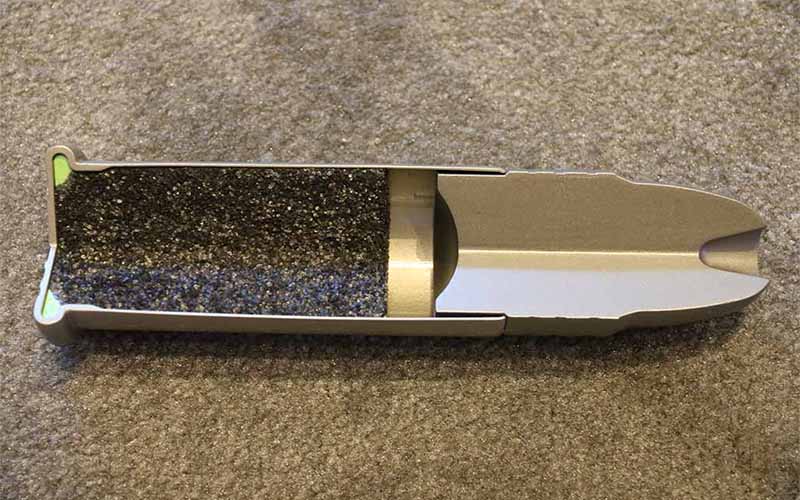
Rimfire firearms use a firing pin or hammer that crushes the rim, igniting the primer.
Initially, rimfire cartridges were very popular, but they quickly lost ground to the centerfire cartridges that were more powerful, had longer effective ranges and better general utility.
While small rimfire calibers were always common such as 6mm Flobert and .22 Short (first released in 1857, then followed by .22 Long, .22 Extra Long and .22 Long Rifle in 1887), larger rimfire calibers existed as well such as .44 Henry, .32 Rimfire, .38 Rimfire, .41 Short and .56-56 Spencer.
By the early 20th Century, rimfire cartridges had all but died out save the .22 caliber family, but .22 Long Rifle remains one of the most popular calibers in existence and is manufactured in far greater volume than almost any other.
How Centerfire Cartridges Work
As mentioned, the genesis of centerfire cartridges were the Chassepot and Dreyse rifles which put a primer cap inside a paper cartridge.
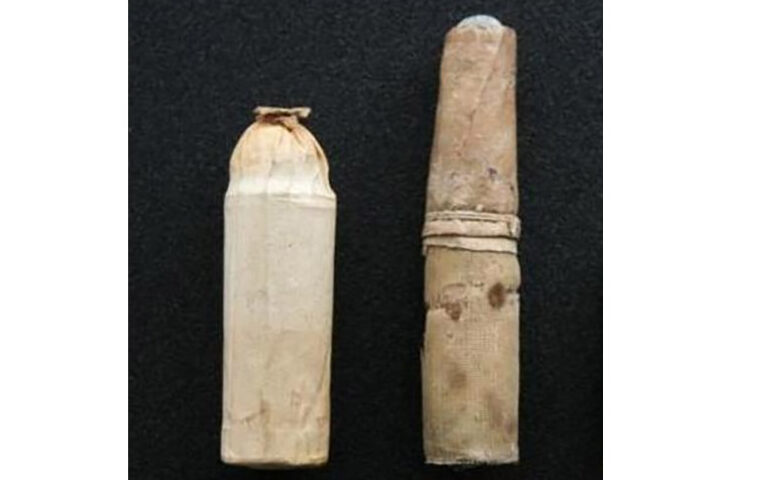
The Chassepot cartridge had the primer at the base of the cartridge whilst the Dreyse Needle Gun cartridges had the primer about midway, leading to firing pin fouling and ultimately breakages that the Chassepot did not suffer from.
Thus, the modern cartridge and firearm owe their existence to the French.
The basic idea is to drill a hole in a brass case and seat a percussion cap in the hole. The firing pin or hammer strikes the cap, the spark hits the powder and the pew occurs.
Two competing centerfire primer designs emerged, based on the primer channel that the spark travels through. You have the Boxer primer (single hole in front of the primer) and the Berdan primer, which has two spark channels through the base of the cartridge.

The ostensible advantage is that two sparks are better than one, but neither has proven more advantageous than the other. Berdan primer pockets are also more complicated to manufacture, leading to lower popularity.
Both have survived (Berdan primers are more common in Europe and European calibers, such as 7.62x39mm which is commonly Berdan-primed), but Boxer primers are the most common.
Compared to the rimfire cartridges of their time, early centerfire cartridges proved more powerful, had longer effective ranges and easier trajectories to make accurate hits with at longer distances.
In the mid-18th century, the performance gap between rimfire and centerfire cartridges wasn’t that significant, but by the time the first smokeless powders arrived, the jig was basically up. In 1860, .56 Spencer was competitive, but by the time .45-70 Government arrived in the 1870s, it became clear that centerfire was the way of the future.
Rimfire Vs. Centerfire: Which Is Better?
What is it that made centerfire cartridges so much more popular, and kept them that way? The answer is severalfold.
First is the ease of manufacturing. The thing about making rimfire cartridges is that it takes extra time to put the cases in a centrifuge for the rimfire primer, and priming is easier to screw up.
The presence of the priming compound requires extra safety precautions to make manufacturing safer. Literally ALL of the major rimfire ammunition manufacturers (CCI, Aguila, Winchester, etc.) have separate facilities that only manufacture rimfire ammunition.
So, it’s easier and safer to manufacture centerfire ammo at scale.
While a rimfire case could easily be made for modern calibers, it’s also true that A.) the odds of bad priming increase with rimfire and B.) rimmed ammunition is less (or less easily) compatible with most modern firearm designs.
Granted, quality modern .22 LR ammunition is vastly more reliable than cheap bulk-pack, but the nature of rimfire priming (spinning the cartridge and hoping for a uniform spread under the rim) relies more on chance than seating a primer in a centerfire case.
While centerfire ammunition will always be slightly more inherently reliable than rimfire, the reality is that even high-quality stuff of both variants will have the occasional dud. Those who claim to have never experienced a bad primer on a centerfire simply haven’t shot enough of the caliber in question.

Then we get to the guns of today versus the guns of yesteryear. Namely, how they feed cartridges.
Most popular firearms today, whether pistol or rifle, utilize box magazines. And rimfire does not play nice with box magazines.
While rimmed cartridges are usually a necessity in revolvers and lever, pump or slide-action long guns, rimless (or even rebated) cartridges are far easier to feed reliably from a box magazine.
Due to the presence of rims on rimfire ammunition, it throws a wrench into the geometry of designing a reliable magazine. Stacking rimmed cartridges straight on top of each other usually causes rim lock (rims of cartridges becoming locked onto one another), resulting in most rimfire magazines being designed at a steeper angle to accommodate for this. This means that most reliable rimfire magazines are single-stack and have a capacity of 10 rounds or less. For longer magazines, it usually necessitates a cartoonish, banana-like curve for the same reason.

More complicated follower designs are usually necessary as well to ensure a proper feeding angle from mag to chamber.
By the 1880s, this was all already obvious. Early bolt-action rifles with box magazines (Mausers, Krag-Jorgensen rifles, etc.) almost all used rimless ammunition. The notable exception is the Mosin-Nagant with its rimmed 7.62x54r cartridge, but even Mosins can experience rim lock when out of order.
For proof of this phenomenon, just visit some discussion boards about rimfire rifles. You’ll quickly see that the guns that feed from box magazines are constantly associated with feeding issues related to the magazines.
Consider also which common rimfire models are accepted to be the most reliable. Spoiler, none of them use traditional box magazines. For handguns, rimfire revolvers are clearly the most reliable. For rifles, the best use either a rotary magazine design like the Ruger 10/22 or a tube magazine like on an old Marlin Model 60 or Remington Nylon 66.
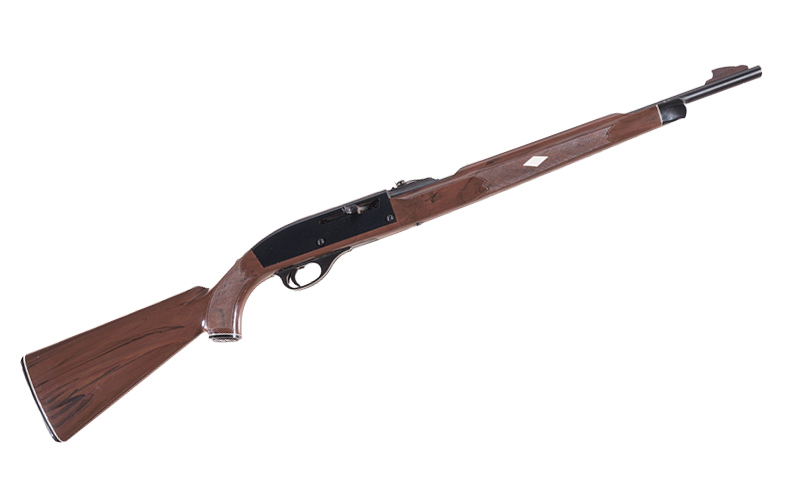
So, while it’s not impossible to make a reliable box mag for a rimfire gun, it is certainly more challenging and constraining. With modernity’s love for high-capacity, double-stack magazines, the preference for centerfire cartridges becomes obvious.
Different Tools For Different Tasks
The predominant rimfire calibers of today are .22 LR, .22 WMR and .17 HMR. They are much smaller than the most popular centerfire calibers and far weaker…but they are also very popular for specific applications.
So, what does this mean?
While discussing these priming methods and their relative merits is fine from a technical perspective, it doesn’t matter much in the real world outside of certain circumstances. The reality is the extant rimfire cartridges are used for things most centerfire calibers are not.
This means that, for the most part, it’s not really a question of rimfire vs. centerfire. Both excel at their respective tasks and that’s exactly why both are still in common use.
Most situations that call for a firearm have a pretty obvious winner between the two ammunition styles. Plinking on the cheap, pest control and small game hunting are all logical uses for rimfire, while larger game hunting, long-range precision shooting and defense are all jobs better suited for centerfire.
That said, you may find yourself in a position where either could be acceptable. In these cases, it will be up to you to weigh the pros and cons of not only the ammunition but the respective firearms available to you.
Hunting varmints, but at considerable ranges in windy conditions? That’s probably a good time to opt for something like .22-250 Remington over .22 LR.
Looking for a pocket pistol small enough to stuff in your sock for backup defense? Given the very similar ballistic performance, the higher inherent reliability of a centerfire like .25 ACP may be a smarter choice than .22 LR.
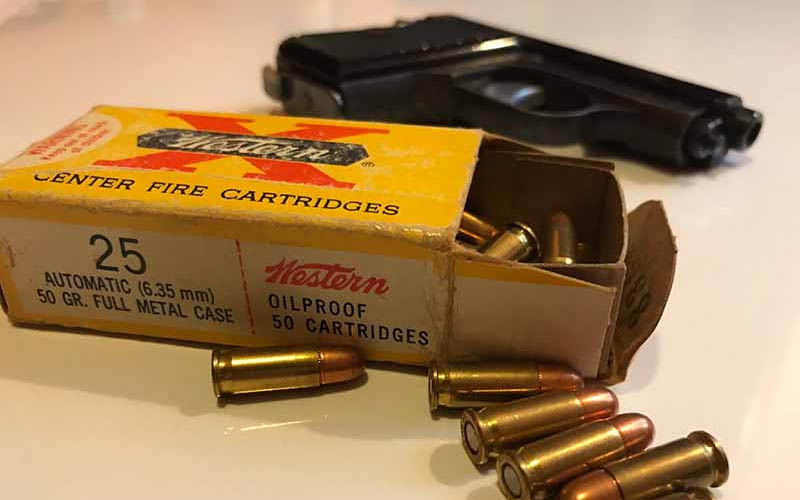
We could discuss hypotheticals all day, but you get the point. While determining whether a situation calls for rimfire or centerfire is usually pretty cut and dry, you may have to weigh the options yourself at some point.
The takeaway here is that there’s no clear winner when it comes to rimfire vs. centerfire, only appropriate tools for different applications.
More On-Target Rimfire Info:
 NEXT STEP: Download Your Free Storm Tactical Printable Target Pack
NEXT STEP: Download Your Free Storm Tactical Printable Target Pack
62 Printable MOA Targets with DOT Drills – Rifle Range in YARDS This impressive target pack from our friends at Storm Tactical contains 62 printable targets for rifle and handgun range use. Target grids and bullseye sizes are in MOA. Ideal for long-range shooting!
Subscribe to the Gun Digest email newsletter and we’ll send your print-at-home target pack right away. Just enter your email address below.
